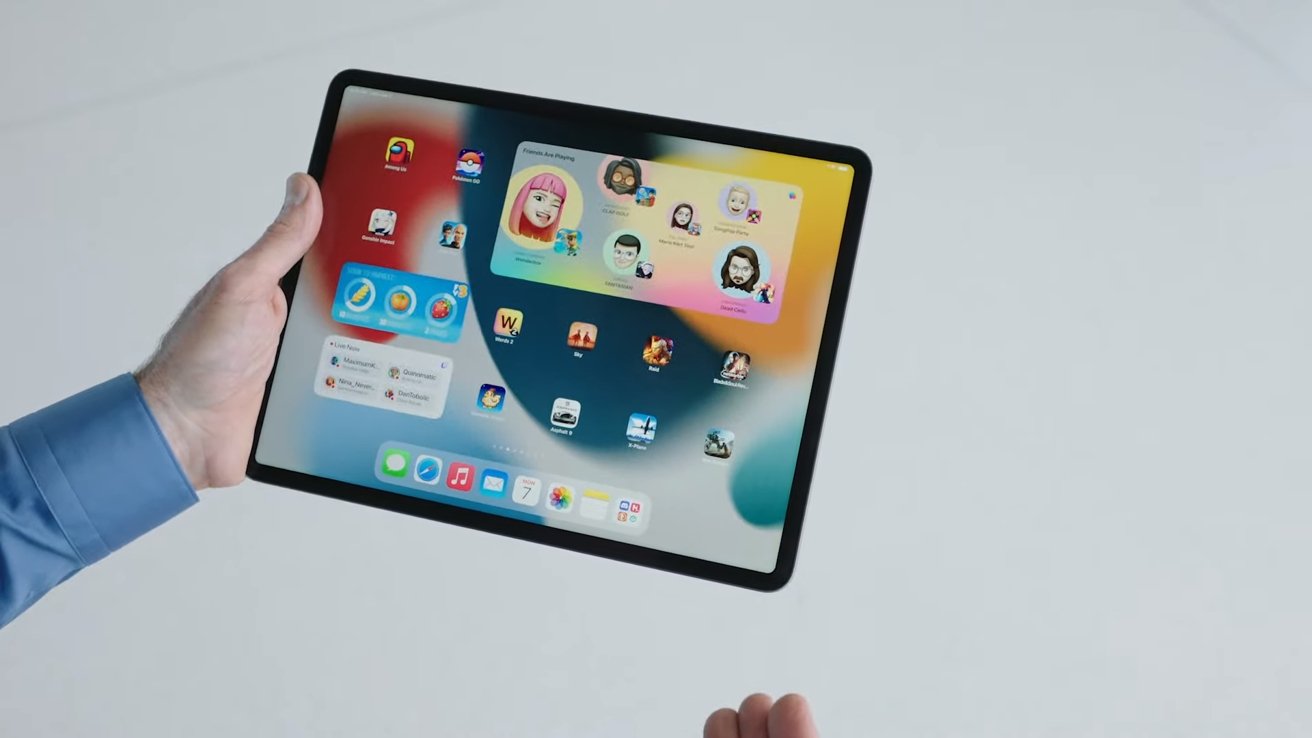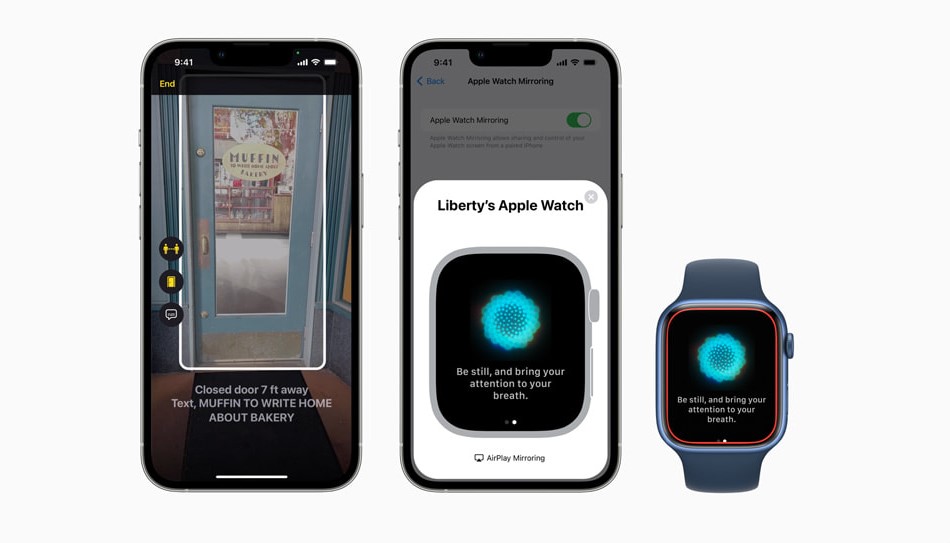The Apple ecosystem has long been praised for its seamless integration and

interconnectivity between devices. Whether you own an iPhone, Mac, or both, the ability to sync and share information effortlessly between these devices is a major advantage. However, there may be times when you want to disconnect your iPhone from your Mac for various reasons. In this comprehensive guide, we will explore different methods to disconnect your iPhone from your Mac, step-by-step.
Understanding the iPhone-Mac Connection
Before we dive into the methods of disconnecting your iPhone from your Mac, let’s take a moment to understand how these devices are connected in the first place. There are several ways these devices can be linked:
- iCloud Sync: iCloud is a cloud-based service provided by Apple that enables seamless syncing of content and backups across your devices. By signing in to the same Apple ID on both your iPhone and Mac, you can easily share files, photos, contacts, and more between the two devices.
- USB-to-Lightning Adapter: If you prefer a direct physical connection, you can use a USB-to-Lightning adapter to transfer files from your Mac to your iPhone and vice versa.
- AirDrop: AirDrop is a feature that allows you to transfer files wirelessly between Apple devices using Wi-Fi and Bluetooth. It eliminates the need for a physical connection and enables quick and easy file sharing.
- Handoff and Continuity: Handoff and Continuity are features that enable seamless transitions between devices. With Handoff enabled, you can start a task on your Mac and continue it on your iPhone (or vice versa) without any interruption. This feature also allows you to copy and paste content between devices effortlessly.
- Phone Calls and SMS Forwarding: You can make and receive calls and forward SMS messages from your iPhone to your Mac, allowing you to conveniently manage your communications across devices.
- Personal Hotspot: By connecting your Mac to your iPhone’s Personal Hotspot, you can use your iPhone’s cellular data to access the internet on your Mac when there is no Wi-Fi network available.
Now that we have a better understanding of how the iPhone and Mac are connected, let’s explore the methods to disconnect them.
Remove Your Mac from Apple ID
If you no longer want your Mac to be linked to your Apple ID, removing it from your account is the first step to disconnecting your iPhone from your Mac. Follow these steps to remove your Mac from your Apple ID on your iPhone:
- Open the Settings app on your iPhone.
- Tap on your Apple ID at the top of the screen.
- Scroll down and find your Mac or MacBook in the list of devices at the bottom of the screen.
- Tap on your Mac to view its details.
- Tap on Remove from Account.
- Confirm the removal by tapping Remove.
You can also remove your Mac from your Apple ID directly on your Mac. Follow these steps:
- Click on the Apple menu in the top-left corner of your Mac’s screen.
- Select System Preferences.
- Click on your Apple ID.
- Choose the device you want to unpair and click Remove from Account.
By removing your Mac from your Apple ID, you will effectively disconnect it from your iPhone.
Disconnect Your Mac Using Bluetooth
Bluetooth is a wireless technology that allows devices to communicate and connect with each other. If you want to disconnect your Mac from your iPhone using Bluetooth, follow these steps:
- Open the Settings app on your iPhone.
- Tap on Bluetooth.
- Toggle on the Bluetooth switch if it’s not already enabled.
- In the list of devices, locate your Mac and tap on the‘i’ icon next to it.
- Tap on Disconnect.
By following these steps, you will successfully disconnect your Mac from your iPhone using Bluetooth.
Tip: If you want to have more control over your Bluetooth devices on your Mac, you can try using an app like ToothFairy. ToothFairy allows you to connect, disconnect, or switch between Bluetooth devices with just a single click, right from your Mac’s menu bar.
Disconnect Your iPhone from Mac’s Finder
Finder is the default file management application on macOS. If you don’t want your iPhone to show up in Finder on your Mac, you can simply unplug it from the USB cable. However, if your iPhone is still showing up in Finder over Wi-Fi, you can follow these steps to disconnect it:
- Open Finder on your Mac.
- In the sidebar, choose your iPhone.
- Scroll down to the Options section.
- Uncheck the box next to Show this iPhone when on Wi-Fi.
By unchecking this option, your iPhone will no longer appear in Finder on your Mac.
Turn Off AirDrop
AirDrop is a convenient feature that allows you to wirelessly transfer files between Apple devices. However, if you want to disconnect your iPhone from your Mac’s AirDrop, you can follow these steps:
- On your iPhone, open the Settings app.
- Scroll down and tap on General.
- Tap on AirDrop.
- Select Receiving Off. Please note that this will also prevent your iPhone from receiving files from other devices via AirDrop.
To prevent your Mac from showing up in AirDrop on your iPhone, follow these steps:
- Open the Finder app on your Mac.
- Click on AirDrop in the sidebar.
- Change the setting to Allow me to be discovered by: No One.
By following these steps, you can effectively disconnect your iPhone from your Mac’s AirDrop.
Tip: If you’re concerned about the security risks associated with AirDrop, you can consider using an alternative file-sharing solution like AnyTrans. AnyTrans allows you to quickly and easily share files between your Mac and iPhone without the need for AirDrop.
Turn Off Handoff on iPhone and Mac
Handoff is a feature that allows you to seamlessly transition between your iPhone and Mac while working on a task. However, if you find the constant visual cues on the Dock annoying, you can disable Handoff on your Mac by following these steps:
- Click on the Apple menu in the top-left corner of your Mac’s screen.
- Select System Preferences.
- Click on General.
- Uncheck the option next to Allow Handoff between this Mac and your iCloud devices. Please note that disabling Handoff will also disable the Universal Clipboard feature, which allows you to copy and paste content between your devices.
If you only want to stop prompts from your iPhone without disabling Handoff on your Mac, follow these steps on your iPhone:
- Open the Settings app.
- Scroll down and tap on General.
- Tap on AirPlay & Handoff.
- Turn off the Handoff toggle.
By following these steps, you can customize your Handoff settings according to your preferences.
Stop iCloud Syncing
iCloud Sync is a great feature that automatically syncs your images, contacts, calendars, and other data across your Apple devices. However, if you want to prevent your Mac from automatically syncing with your iPhone, you can disable this option by following these steps:
- Click on the Apple menu in the top-left corner of your Mac’s screen.
- Select System Preferences.
- Click on your Apple ID.
- Click on iCloud.
- Turn off the toggle next to the services you don’t want to sync (Photos, Contacts, Calendars, etc.).
By disabling iCloud syncing for specific services, you can choose which data is shared between your Mac and iPhone.
Tip: If you’re running out of iCloud space, you can try using Dropshare to share files. Dropshare makes it easy to share files by allowing you to simply drop them in the right place. It also provides integration with various third-party cloud apps, giving you more storage options.
Disconnect iPhone Messages from Mac
By default, both text messages and iMessage replies meant for your connected iPhone are sent to your Mac. If you want to stop receiving messages on your Mac, follow these steps:
- Open the Messages app on your Mac from the Dock.
- Go to Messages >Settings.
- Click on the iMessage tab.
- Uncheck the boxes next to any phone numbers you don’t want to receive messages for.
By unchecking these boxes, you can prevent your Mac from receiving messages intended for your iPhone.
Disconnect Incoming iPhone Calls on a Mac
Constant incoming phone and FaceTime calls on your Mac can be disruptive. If you want to disconnect incoming calls from your iPhone on your Mac, follow these steps:
- Open the FaceTime app on your Mac from the Dock.
- Go to FaceTime >Settings.
- Uncheck the option Calls From iPhone.
By disabling this option, you can stop incoming calls from ringing on your Mac.
Stop iPhone Notes from Syncing with Your Mac
If you have sensitive or personal information stored in the Notes app on your iPhone, you may want to prevent it from syncing with your Mac. Follow these steps to stop your iPhone notes from syncing with your Mac:
- On your iPhone, open the Settings app.
- Tap on your Apple ID at the top of the screen.
- Tap on iCloud.
- Locate Notes and turn off the toggle next to it.
- Confirm your action by tapping Delete from My iPhone.
By turning off the sync for Notes, you can ensure that your personal information remains private.
Disconnect a Mac from Personal Hotspot
The Personal Hotspot feature on your iPhone allows you to use your cellular data to provide internet access to your Mac. If you want to disconnect your Mac from your iPhone’s Personal Hotspot, follow these steps:
- Click on the Apple menu in the top-left corner of your Mac’s screen.
- Select System Preferences.
- Click on Network.
- In the Wi-Fi section, click on your iPhone.
- Click on Disconnect.
You can also prevent your Mac from constantly asking to connect to your iPhone’s Personal Hotspot by following these steps:
- Go to System Preferences from the Apple menu.
- Click on Network.
- Select Wi-Fi in the sidebar.
- Uncheck the box next to Ask to join hotspots.
By following these steps, you can disconnect your Mac from your iPhone’s Personal Hotspot and prevent constant connection requests.
Conclusion
Disconnecting your iPhone from your Mac is a straightforward process that can be done using various methods. Whether you want to remove your Mac from your Apple ID, disable Bluetooth connection, or customize syncing and sharing options, the steps outlined in this guide provide you with comprehensive solutions. By following these steps, you can easily disconnect your iPhone from your Mac and regain control over your devices’ interconnectivity. Remember, the Apple ecosystem is designed to enhance your user experience, and disconnecting devices is entirely optional when it comes to managing your privacy and preferences.







